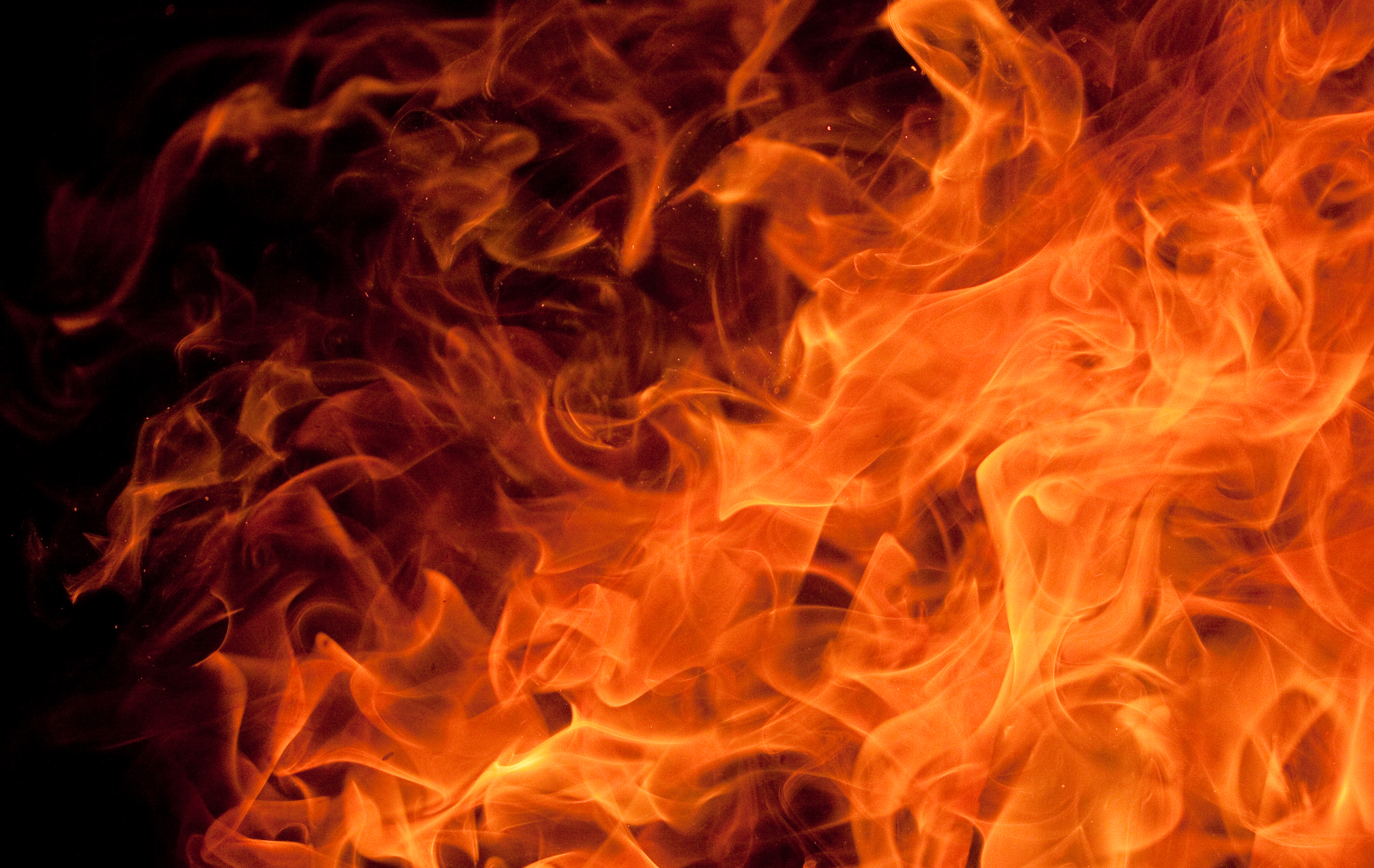What to Know
- Maria rapidly strengthened to a category 5 storm Monday after starting the morning as a category 2 storm.
- At this point, the storm is on track to make a direct hit on Puerto Rico, which would be the island's first direct hit in decades
- Puerto Rico recently had most of its power knocked out by Irma, though it was spared the brunt of that vicious, deadly hurricane
Hurricane Maria, the quick-growing category 5 storm tearing through the Carribean, has made landfall in Dominica and is still on track to hit Puerto Rico.
The National Hurricane Center said the eye wall of the "potentially catastrophic" hurricane with 160 mph came ashore about 9:15 p.m. and will likely travel over the Leeward islands and the extreme northeast Carribbean through Monday night and Tuesday. The storm is on a path to roll through Puerto Rico and the U.S. Virgin Islands on Tuesday night.
(Puerto Rico está en la ruta del huracán María, que se espera cobre más vigor entre esta noche y mañana. Mira aquí la última información sobre esta poderosa tormenta)
Maria could dump 10 to 15 inches of rain over the Leeward Islands and the U.S. and British Virgin Islands, causing flash floods and mudslides.
And in Dominica, Prime Minister roosevelt Skerrit wrote in a series of Facebook posts about the storm's unrelenting fury.
"The winds are merciless! We shall survive by the grace of God!" he wrote.
Local
A few minutes later, he writes that he can hear the sound of galvanized steel roofs coming off houses on the small, rugged island in the eastern Caribbean.
He then writes that he believes his home has been damaged. And three words: "Rough! Rough! Rough!"
A half-hour later he says "My roof is gone. I am at the complete mercy of the hurricane. House is flooding." Seven minutes later he posts that he has been rescued.
In Puerto Rico, meanwhile, they're battening down all hatches in preparation of the storm. The territory was spared the full brunt of Irma, although much of the island had its power knocked out. Nearly 70,000 people remain without power, and Gov. Ricardo Rossello on Monday warned of another widespread outage.
Forecasters said the storm would dump up to 18 inches of rain across Puerto Rico and whip the U.S. territory with heavy winds for 12 to 24 hours. It would be the first direct hit from a hurricane to the island since 1998, when Hurricane Georges came ashore as a category 4 storm.
"This storm promises to be catastrophic for our island," said Ernesto Morales with the U.S. National Weather Service in San Juan. "All of Puerto Rico will experience hurricane force winds."
The U.S. territory on Monday imposed rationing of basic supplies including water, milk, baby formula, canned foods, batteries, flashlights and other items.
Hurricane warnings were posted for the U.S. and British Virgin Islands, Guadeloupe, Dominica, St. Kitts, Nevis, Montserrat, Martinique and St. Lucia. A tropical storm warning was issued for Antigua and Barbuda, Saba, St. Eustatius, St. Maarten and Anguilla.
Click here for an interactive radar from Telemundo.
Officials in Guadeloupe said the French Caribbean island of would experience extremely heavy flooding starting Monday afternoon, and they warned that many communities would be submerged overnight.
In nearby Martinique, authorities ordered people to remain indoors and said they should be prepared for power cuts and disruption in the water supply. All schools and non-essential public services were closed.
St. Thomas and St. John are still recovering from a direct hit by Hurricane Irma, which did extensive damage and caused four deaths on the two islands.
Officials said the Federal Emergency Management Agency was ready to bring drinking water and help restore power in Puerto Rico immediately after the storm.
Gov. Ricardo Rossello said officials had prepared about 450 shelters with a capacity for nearly 68,000 people — or even 125,000 in an emergency. There are still nearly 200 people in shelters from Hurricane Irma. Schools were cancelled for Monday and government employees would work only a half day.
Farther north, long-lived Hurricane Jose continued to head northward off the U.S. East Coast, causing dangerous surf and rip currents. It wasn't expected to make landfall but tropical storm watches were posted along the coast from Delaware to Massachusetts' Cape Cod, including in the tri-state.
The ocean washed over parts of North Carolina's Outer Banks as Hurricane Jose passed well to the east, and five people were knocked off a coastal jetty in Rhode Island by high surf caused by the storm. Officials said rescuers had to fight through rough surf to load the injured onto stretchers and get them to shore. All five were taken to a hospital with minor and major injuries.
In the Pacific, Tropical Storm Norma's threat to Mexico's Los Cabos resort area at the southern end of the Baja California Peninsula seemed to ease as forecasters said the storm's center was likely to remain offshore.
Norma had winds of about 50 mph and it was centered about 175 miles southwest of Cabo San Lucas. The Baja California Sur state government prepared storm shelters and canceled classes for Monday.
Meanwhile, Tropical Storm Lee weakened into a tropical depression far out in the Atlantic while Hurricane Otis weakened far out in the Pacific. Neither threatened land.



